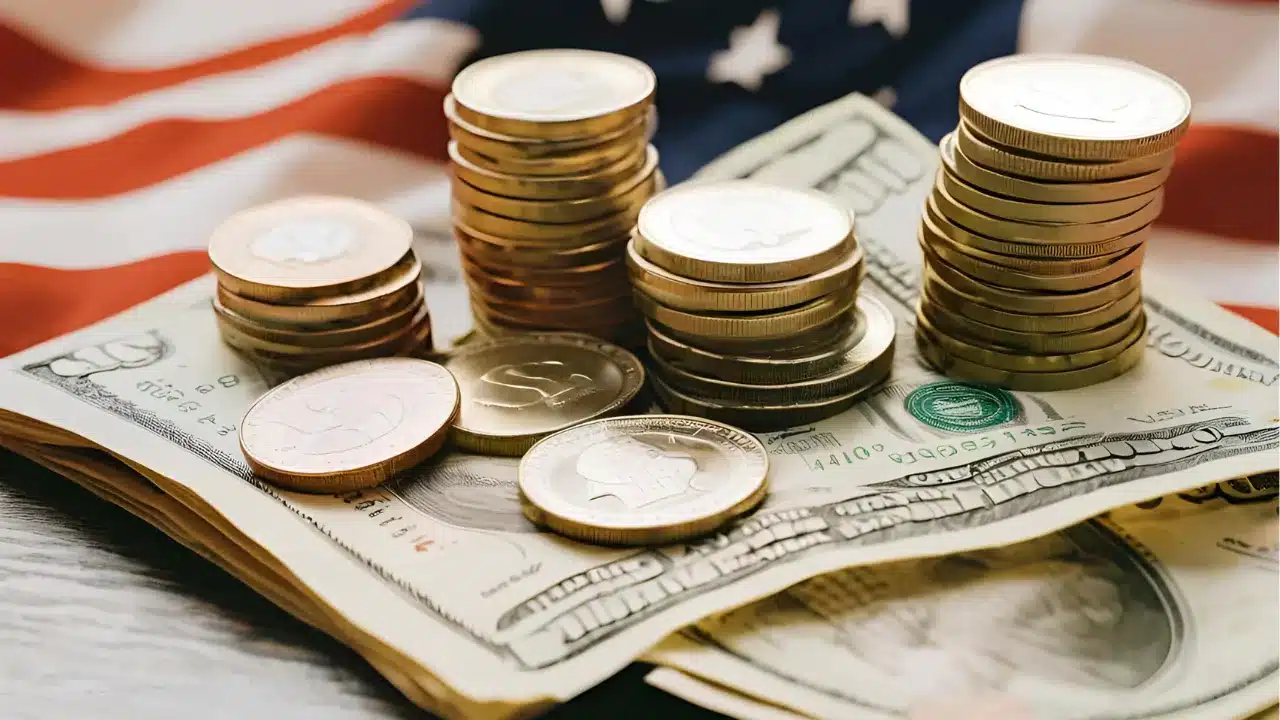The Federal Reserve’s decisions on interest rates often seem like a distant topic for most people. However, these changes have a direct impact on your wallet, affecting everything from the cost of financing a car to the returns on your savings account.
With expectations that the Fed will keep its benchmark rate stable for a while, what could this mean for your personal finances?
Loans: A Relief or an Obstacle?
If you are thinking about financing a car or a home, the interest rates set by the Fed directly influence the amount you will pay. For vehicle loans, for example, the average rate for a new car reached 7.2% in February, according to Edmunds, a car shopping website, an increase compared to previous months. Meanwhile, interest rates for used cars hit 11.3%, making it even harder to finance a vehicle without straining your budget.
Mortgage rates also remain volatile. Although they have dropped at times, concerns about inflation and economic policies could drive new increases. Recently, 30-year fixed-rate home loans were around 6.65%, making it essential for buyers to compare offers and consider longer terms to minimize the impact of high rates.
Credit Cards: Beware of Interest Rates

For those carrying credit card debt, Fed policy changes have a direct impact. Credit card interest rates remain high, averaging around 20%. Even with previous rate cuts, the decrease hasn’t been enough to significantly ease the interest burden. If you have accumulated debt, looking for balance transfer options with a 0% introductory rate could be a smart strategy.
Savings and Investments: Temporary Stability
Savers also feel the effects of interest rate policies. High-yield savings accounts and certificates of deposit (CDs) have been offering decent returns, with rates remaining above 4% at some online banks. However, these gains may be temporary, depending on the Fed’s next move. If you’re considering where to put your money, this could be a good time to lock in higher fixed-income investment rates before new cuts take effect.
Student Loans: The Weight of Financing
For those relying on student loans, fixed federal loan rates remain a safer option. Currently, they range from 6.53% to 9.08%, depending on the type of loan. Private loan interest rates, on the other hand, can fluctuate even more, making it essential to research and compare different lenders.
How to Prepare for the Future
With an uncertain outlook, planning is key. If you’re planning to finance a purchase or take out a loan, it’s worth closely monitoring the Fed’s decisions and seeking better terms. For investors and savers, the best strategy may be to diversify investments and secure attractive rates while they are still available.
The Fed’s rate policy may seem distant, but it directly impacts your daily life. Staying aware of these changes allows you to make more informed financial decisions and protect your money in times of economic fluctuation.







